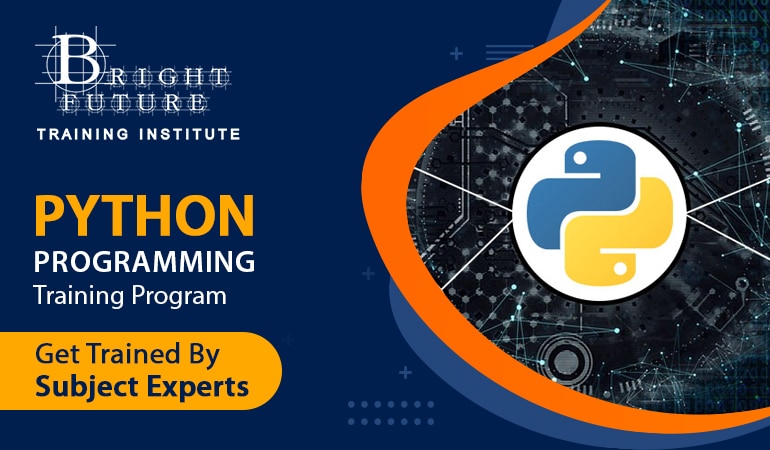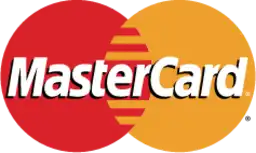

This Python course explains how to use Python to create applications. After completing this training course at Bright Future Training Institute, you will be able to use Python in your projects effectively. Python is a general-purpose programming language widely used in various areas, including:
Several practical Python-based projects at the end of the course will ensure that you can apply Python to your projects.
By the end of this course, participants will be able to:
This course is ideal for beginners new to programming and professionals looking to expand their skills in Python. It is suitable for software developers, data analysts, web developers, and anyone interested in learning Python for career advancement or personal development.
The Python Training in Dubai includes a combination of interactive lectures, hands-on coding sessions, group discussions, and project work. Participants will engage in practical activities to apply their knowledge and build real-world applications. Experienced instructors provide personalized guidance and feedback throughout the Python Training in Dubai.
No prior programming experience is required to enroll in this course. A basic understanding of computers and the ability to navigate the internet is beneficial.
Enroll in the Python Training in Dubai at Bright Future Training Institute to master Python programming, enhance your technical skills, and open up new career opportunities in the ever-evolving field of technology! This comprehensive course is designed to equip you with the knowledge and practical skills needed to excel in Python programming.
Syntax Errors
Stderr
Warnings
How does exception work
Exception handling
Multiple exceptions
Raising exception
Exception arguments
Finally block
Order of execution
The Python exception hierarchy
Raise
Assert
User defined exception
Defining clean-up actions

Bright Future is committed to culminate the wished results with a perfect blend of senior educationists and young breed of energetic trainers on its faculty. We are an affiliate partner of British Council and consistently generating 7 -9 Bands of both ielts academic and ielts general tests.




Bright Future is committed to culminate the wished results with a perfect blend of senior educationists and young breed of energetic trainers on its faculty. We are an affiliate partner of British Council and consistently generating 7 -9 Bands of both ielts academic and ielts general tests.
© Copyright Bright Future 2025 | Designed and Developed by Learnovate Digital